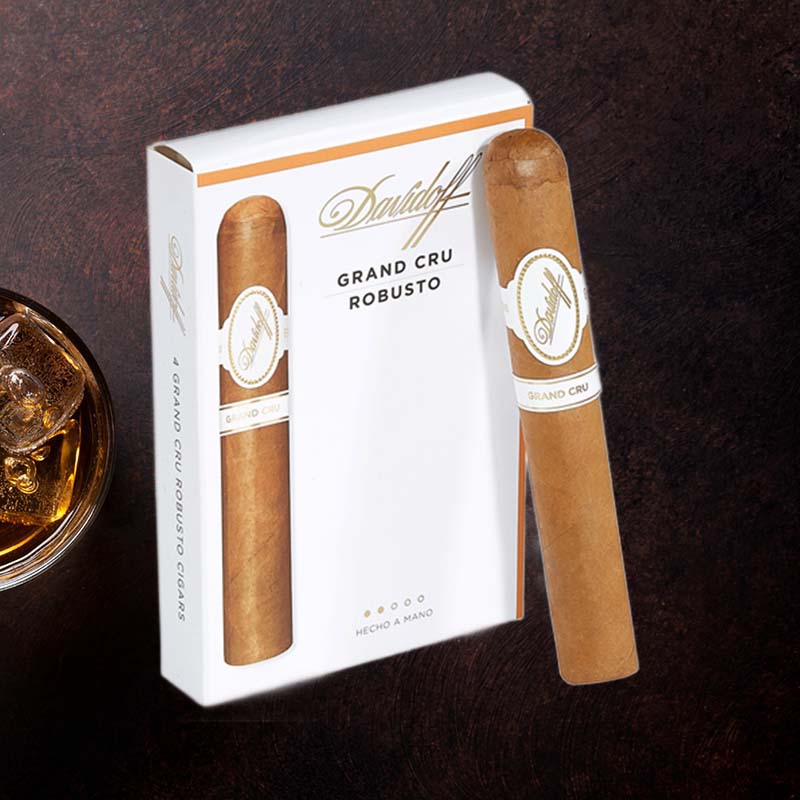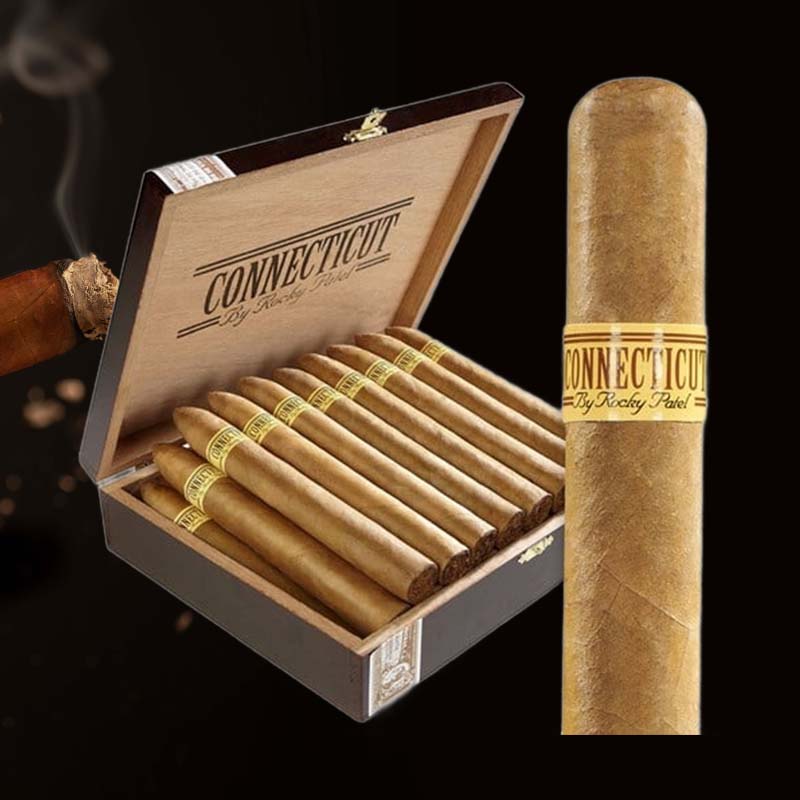How to torch a lighter
How to Torch a Lighter
Learning how to torch a lighter is not just a skill for lighting up your favorite cigar; it’s an art form that brings pleasure and satisfaction. Picture myself sitting on the porch after a long week, the sun setting, the aroma of fine tobacco wafting through the air, and the comforting weight of my torch lighter in hand. The anticipation builds as I prepare to ignite my cigar, and I can’t help but feel excited about the experience ahead. Let’s dive into the steps on how to properly torch a lighter, ensuring that your moments are everything you hope for.
Steps to Torch a Lighter
- Ensure your torch lighter is filled with butane.
- Check that the fuel level is appropriate; you can usually see this through the fuel window.
- Adjust the flame height using the adjustable nozzle.
- Press the ignition button or lever while pointing the lighter’s nozzle away from you.
- Let the flame stabilize for a second before using it to light anything.
Things You’ll Need
- A quality torch lighter
- Butane fuel
- Safety goggles (optional)
Warnings
- Keep lighter away from children.
- Do not expose to extreme heat or flames.
- Only use the recommended butane for your lighter.
Bonus Tips
- Store your lighter in a cool, dry place.
- Practice igniting it in a safe environment.
- Regularly clean the nozzle to avoid clogs.
How Does a Torch Flame Lighter Work?
Understanding the Mechanism
A torch flame lighter operates through a simple mechanism: it combines butane fuel with air and ignites it using a spark. The flame produced is hotter and more focused than a traditional lighter, making it perfect for tasks like lighting cigars.
How to Refill Your Torch Lighter
Refilling Step-by-Step
- Make sure the lighter is completely empty (press the gas button to release any remaining fuel).
- Find a butane canister with a compatible nozzle.
- Invert the lighter and insert the nozzle into the refill valve.
- Press down firmly for about 5-10 seconds. Do not overfill!
- Wait a few minutes before using the lighter to allow the fuel to stabilize.
How to Light a Cigar with a Torch Lighter
Proper Lighting Technique
To properly light a cigar with a torch lighter, hold the cigar at a slight angle and bring the flame to the foot. Rotate the cigar gently while puffing lightly to ensure an even burn. This technique elevates the smoking experience, leaving every draw rich and flavorful.
Types of Torch Lighters
Single Jet
Single jet lighters are compact, easy to carry, and perfect for a quick light.
Double Jet
With more flame power, double jet lighters are ideal for thicker cigars.
Triple and Quadruple Jets
These provide an even larger flame, suitable for outdoors and windy conditions.
Soft Flame Lighters
Soft flame lighters produce a gentler flame, making them less aggressive for delicate tasks.
Flat Flame Lighters
Flat flame lighters project a flame similar to a torch but in a larger and flatter shape, offering versatility.
Torch Lighter Components
Fuel Tank
The fuel tank holds the butane and is essential for the lighter’s operation.
Fuel Window
This allows you to easily check your butane reserve at a glance.
Adjustable Nozzle
The nozzle adjusts the flame size and intensity—crucial for different lighting needs.
Spark Mechanism
This is responsible for igniting the butane, usually created by flint or electronic means.
Protective Cap
A protective cap prevents accidental ignition and keeps the nozzle clean.
What to Look For in a Torch Lighter
Size and Portability
Opt for a size that fits comfortably in your hand and pocket, perfect for both home and on-the-go use.
Aesthetic Considerations
Choose a design that complements your personal style, whether it’s sleek metal or colorful accents.
Adjustable Flame Height
Availability of an adjustable flame is crucial; it enhances versatility for different lighting situations.
Types of Torch Lighter Fuel
Butane Overview
Butane is the most common fuel for torch lighters, offering a clean burn without residue.
Choosing the Right Fuel
Select high-quality butane, preferably refined to avoid impurities that could clog your lighter.
Torch Troubleshooting
Common Issues and Solutions
- If your lighter doesn’t ignite, check for gas flow by refilling it.
- Flame height issues may indicate the need for nozzle adjustment.
- For clogging, try cleaning the nozzle with a pin.
Storing Your Torch Lighter
Best Practices for Storage
Store your torch lighter in a cool, dry place, preferably upright, to avoid leakage and maintain longevity.
FAQ
How to light a torch with a lighter?
To light a torch with a lighter, simply press the ignition button of the torch and hold your lighter’s flame to the torch’s nozzle, ensuring a steady fuel flow.
What makes a lighter ignite?
A lighter ignites through a combination of flammable gas (typically butane) and a spark generated by a flint or electronic mechanism.
How does a lighter torch work?
A lighter torch functions by releasing a stream of flammable gas that is ignited by a spark, producing a focused and intense flame.
Why won’t my torch light?
If your torch won’t light, it might be out of fuel, have a clogged nozzle, or require adjustment of the flame height. Checking these will usually resolve the issue.















